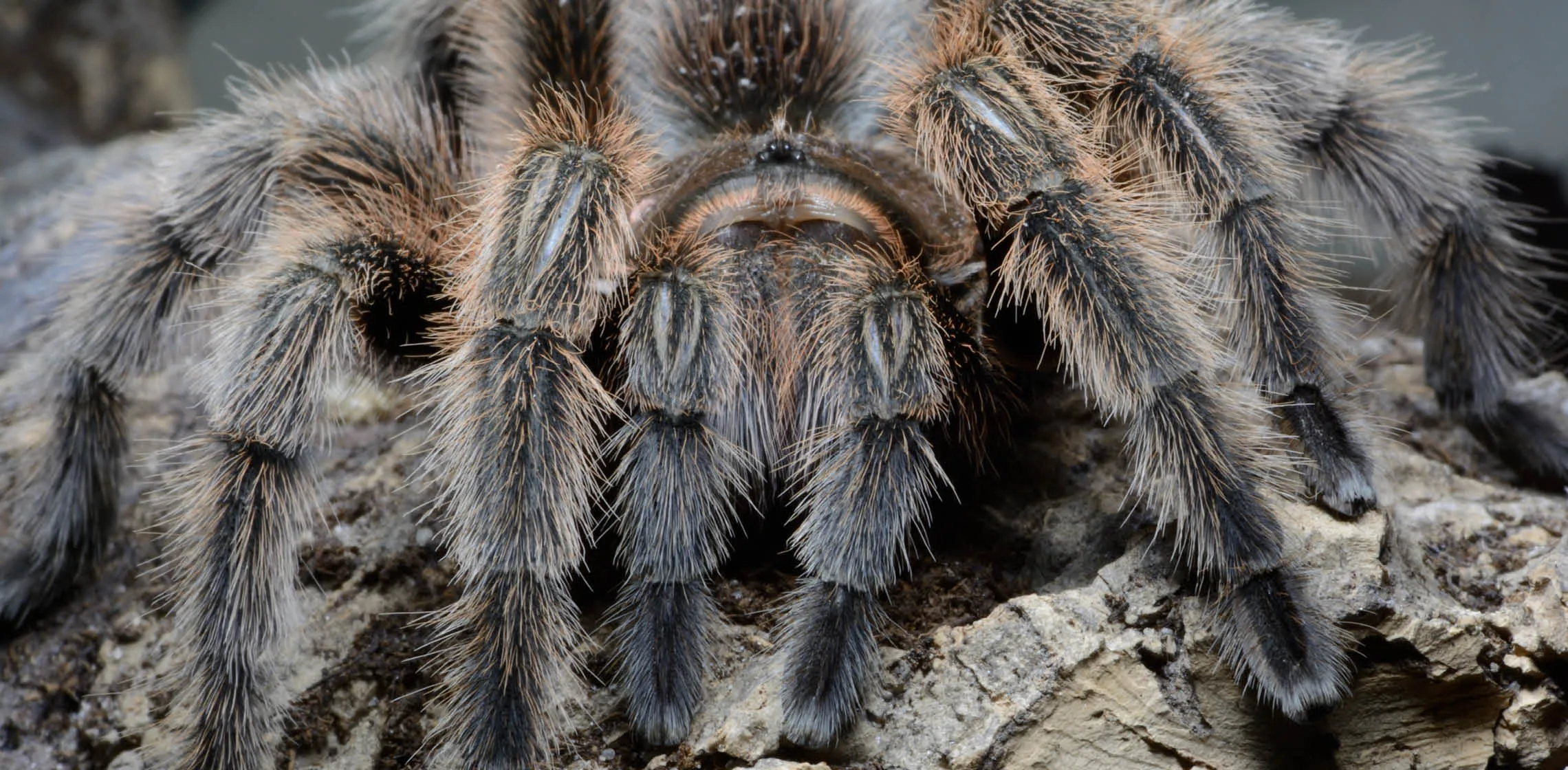Discovering your Chilean Rose Tarantula motionless can be a heartbreaking experience. These beautiful creatures often become cherished pets, and their well-being is a priority for their owners. It’s important to know what to do when you suspect your tarantula has passed away, understanding the causes of death, and taking steps to prevent future occurrences. This guide provides essential information on dealing with a deceased Chilean Rose Tarantula, offering practical steps and emotional support during a difficult time.
What to Do if Your Chilean Rose Tarantula is Dead
The initial moments after finding your Chilean Rose Tarantula still require careful observation and confirmation. Many tarantulas will remain still for extended periods, particularly during molting. Avoid making hasty assumptions and follow a systematic approach to determine whether your pet has truly passed on. This helps ensure you’re not acting prematurely and provides time to process your emotions. Always exercise caution and handle the tarantula gently during this process.
Confirming Your Tarantula’s Death
Check for Movement or Response
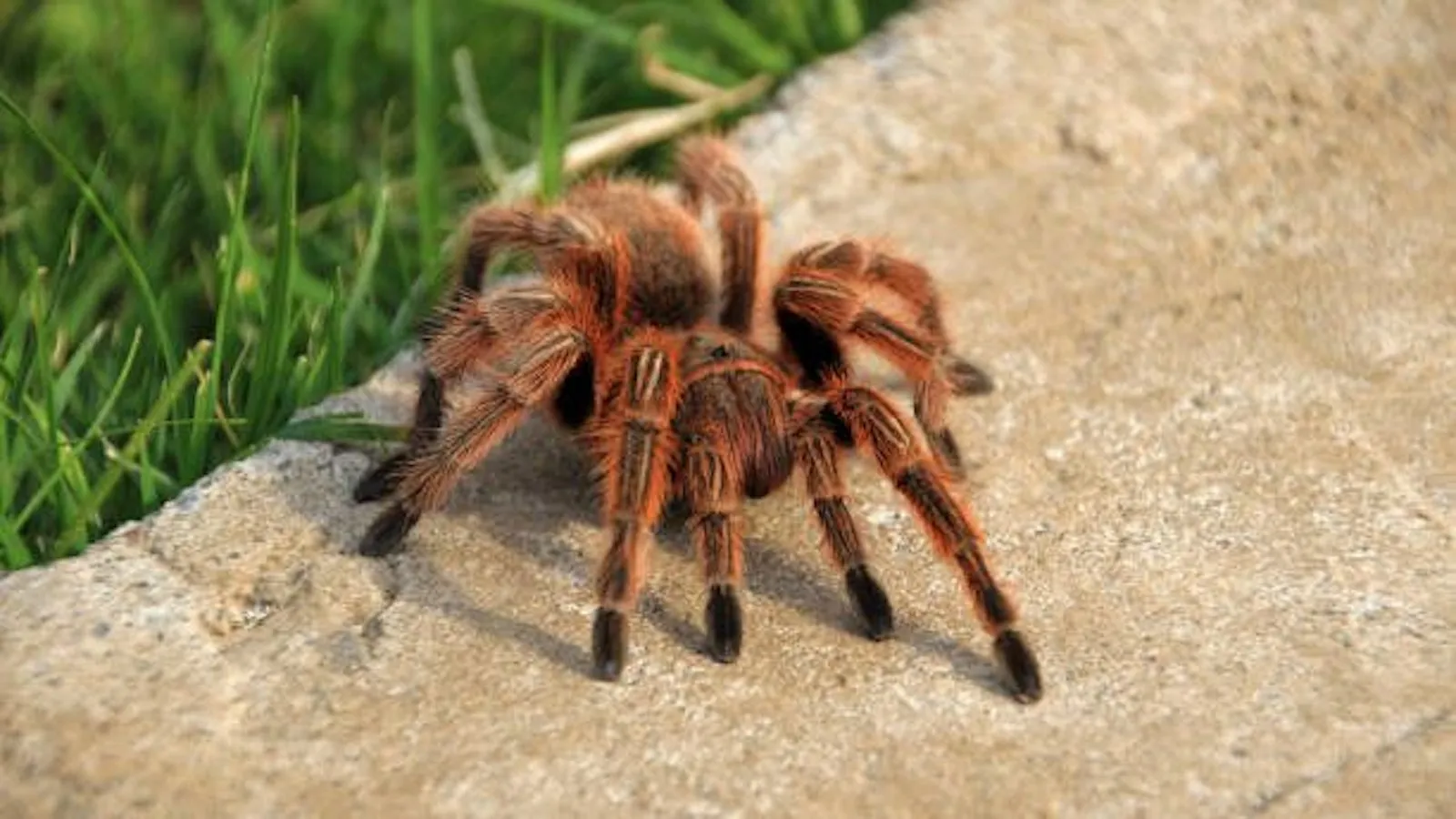
Gently nudge your Chilean Rose Tarantula with a soft object like a paintbrush or a small piece of paper. Observe carefully for any movement in the legs, pedipalps, or abdomen. If there is no response after several gentle nudges, it could be a sign that your tarantula is deceased. However, be patient, and give it some time. Sometimes, they can remain still for a while before responding. A lack of movement could also indicate that it is moulting, which is a natural process for growth. Examine the tarantula for signs of molting, like a split carapace, which will help you determine if they’re in the process of shedding or deceased.
Observe Body Posture
Examine the tarantula’s body posture. A tarantula that has died typically curls up its legs towards its body, though this isn’t always a definitive sign. Check if the legs are stiff or if the tarantula is lying on its back, which can also be an indicator. During molting, a tarantula might also appear in an unusual position. Carefully compare the tarantula’s posture to pictures or videos of a healthy tarantula. If your tarantula is showing an unusual posture, this is a strong indication that it has passed away.
Look for Color Changes
Note the color of your Chilean Rose Tarantula. Look for any noticeable changes in its appearance. Changes in color, such as a dulling of the vibrant hues, may suggest that the tarantula is no longer alive. The vibrant colors of a healthy tarantula often fade once it dies. Sometimes, there might be a darkening around the joints or on the abdomen. However, remember that color can vary depending on the tarantula’s age and recent molts. Any change in color is not always a direct sign of death, so always consider other factors.
Why Chilean Rose Tarantulas Die
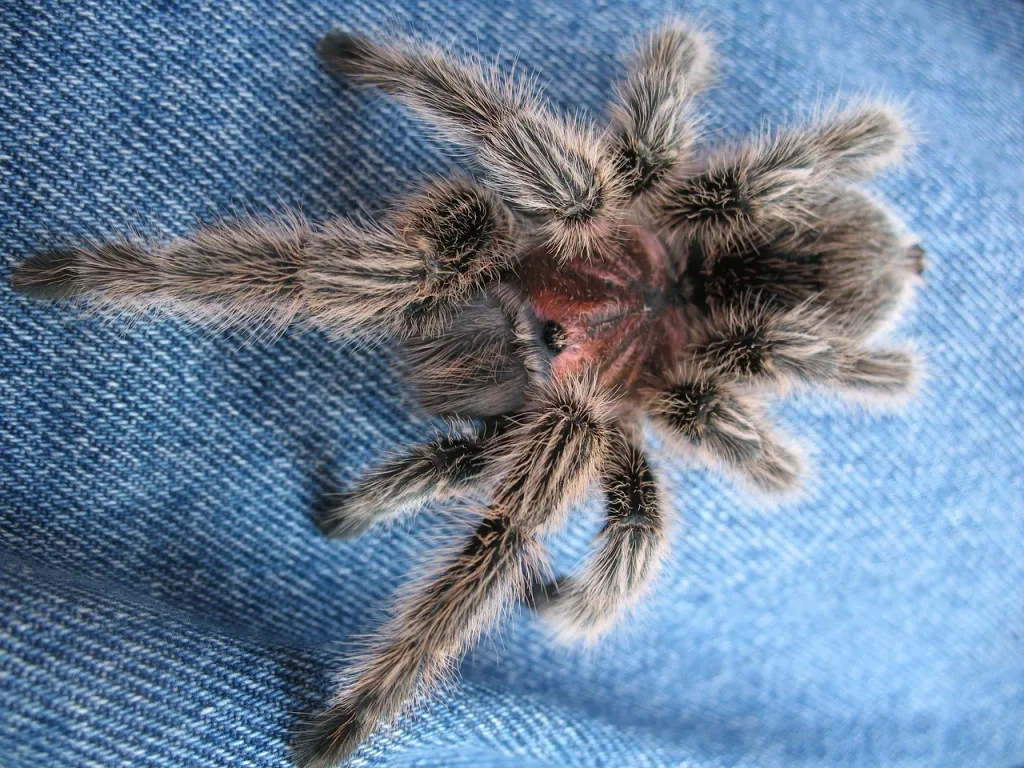
Understanding the reasons behind the death of a Chilean Rose Tarantula is crucial for responsible pet ownership. Many factors, ranging from natural aging to environmental issues, can impact these creatures. Knowing the most common causes of death can help you prevent future issues. Here’s a look at some significant aspects that lead to the loss of these amazing pets.
Natural Lifespan and Aging
Chilean Rose Tarantulas have a relatively long lifespan compared to many other pets. Females can live for up to 20 years, while males typically have a shorter lifespan, often around 5–7 years. As tarantulas age, their bodies gradually deteriorate. Organ function may decline, and they can become more vulnerable to various health issues. While providing the best care can extend the tarantula’s life, natural aging remains a significant factor in their eventual passing. The aging process also affects their activity levels, appetite, and overall energy.
Environmental Factors
The enclosure’s environment is vital for your tarantula’s health. Extreme temperatures, both hot and cold, can be fatal. Maintaining the correct humidity levels is also critical; too little can cause dehydration, while too much can lead to fungal infections. Poor ventilation can result in the buildup of harmful gases. Make sure the enclosure is properly ventilated. Regularly check and monitor the conditions within the enclosure using a thermometer and hygrometer. The environmental control will ensure your tarantula stays healthy, which increases its lifespan.
Moulting Issues

Molting is the process where tarantulas shed their exoskeletons to grow. This can be a vulnerable time, and problems can occur. Sometimes, the tarantula may get stuck during the molt, which can be fatal. This can happen if the humidity levels are too low, causing the exoskeleton to dry out and making it hard to shed. It’s critical to provide a safe, humid environment during molting. Avoid disturbing the tarantula during this process. Provide a shallow water dish to help with humidity, and keep a close eye to identify and prevent these issues.
Common Causes of Death
While the exact cause of death may not always be clear, several factors are commonly linked to the passing of Chilean Rose Tarantulas. Knowing these issues can help you understand and, in some cases, prevent them. Understanding these common factors can assist owners in creating an ideal environment for their pets.
Dehydration
Dehydration is a serious risk, especially in drier environments. Tarantulas need a constant supply of water to survive. Signs of dehydration include lethargy, loss of appetite, and a shrunken abdomen. Always provide a shallow water dish filled with fresh water. Regularly check and refill it to ensure your tarantula has access to water at all times. You can also mist the enclosure occasionally to increase humidity, but be careful not to overdo it. Regular observation and ensuring proper hydration are crucial for keeping your tarantula healthy.
Injury or Trauma
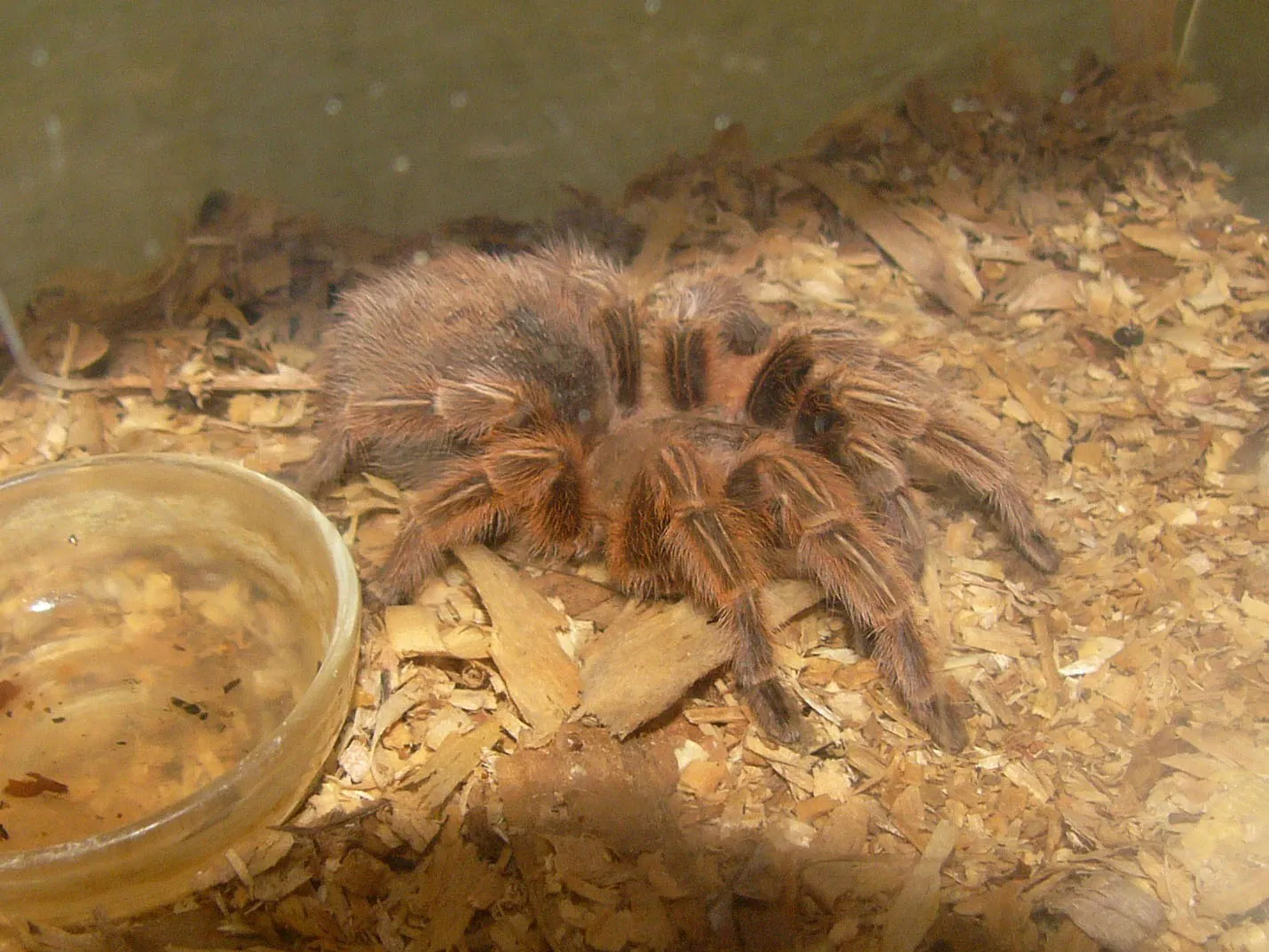
Physical injuries or trauma can be devastating for tarantulas. Accidents like falls or being crushed by items in the enclosure can cause internal damage or exoskeleton cracks. Avoid using sharp or heavy objects in the enclosure. Handle your tarantula gently and avoid dropping it. Regularly inspect the enclosure for any potential hazards. If you notice an injury, seek veterinary attention immediately. Preventing injuries will ensure your Chilean Rose Tarantula remains healthy and safe.
Parasites and Diseases
Tarantulas, like all living creatures, can be susceptible to parasites and diseases. Mites are a common problem. They can feed on the tarantula’s hemolymph (blood). Diseases can range from fungal infections to bacterial infections. Keeping the enclosure clean and hygienic is the best defense against these issues. Quarantine new tarantulas before introducing them to existing ones. Regularly clean the enclosure and remove any uneaten food. Consult with a veterinarian experienced in exotic animals if you suspect a parasitic or infectious disease. The best practice is preventative measures.
What to Do After a Chilean Rose Tarantula Dies
Dealing with the death of a pet can be difficult. Knowing the proper steps to take after your Chilean Rose Tarantula passes away is essential for both practical and emotional reasons. You should address it respectfully and follow appropriate procedures.
Proper Disposal Methods
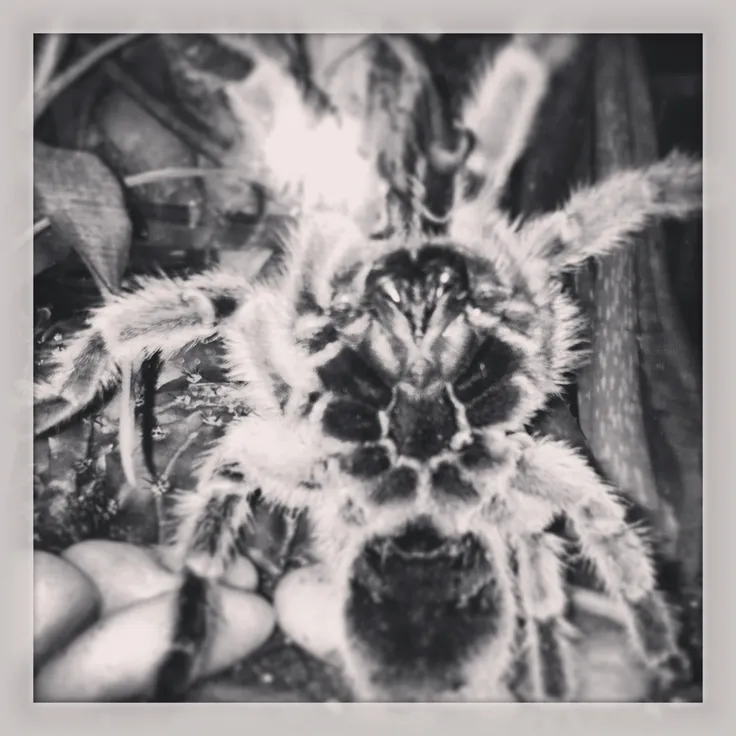
Decide how you want to dispose of your tarantula. You can bury the tarantula in your yard or dispose of it through a pet cremation service. If you choose burial, select a location away from water sources and areas where other animals might dig. Wrap the tarantula in a biodegradable material. Cremation is another option. Cremation can be done privately or with other pets. This gives you a memorial to remember. Ensure that whatever method you choose is in compliance with local regulations. Respectful handling of the remains is a crucial step in the grieving process.
Grieving and Emotional Impact
Allow yourself time to grieve the loss of your pet. Losing any pet can be difficult, and it’s essential to acknowledge your emotions. Find ways to cope with your grief, such as talking to friends or family who understand or by joining online support groups. Memorializing your pet can also help. This can include creating a small memorial, planting a tree in its memory, or simply taking some time to remember the happy moments you shared. It’s important to recognize that everyone grieves differently. Don’t hesitate to seek professional help if your grief becomes overwhelming.
Preventative Care for Future Tarantulas
When you decide to have another pet tarantula, you can learn from your past experience to prevent similar issues. By adopting preventive measures, you will be prepared to keep your pet happy and healthy. Implementing these practices will increase the lifespan and improve the quality of life for your future Chilean Rose Tarantulas.
Optimal Enclosure Setup
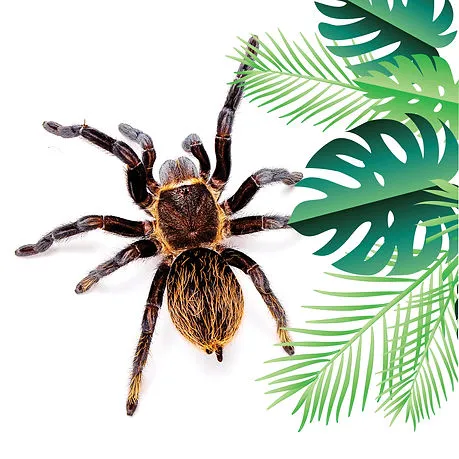
Creating the right living environment is the first line of defense. The enclosure should be appropriately sized for the tarantula’s size. Ensure the enclosure is well-ventilated. Use appropriate substrate, such as coconut fiber or peat moss, which will help to maintain the humidity levels. Always keep the enclosure clean. The enclosure should include hiding places like cork bark or artificial plants, providing a safe space for your tarantula. A well-designed enclosure will encourage your tarantula to be happy and live longer. Always follow your tarantula’s specific needs.
Feeding and Hydration
Provide a balanced diet and sufficient hydration. Feed your tarantula appropriate insects, like crickets or mealworms. Ensure the food is the proper size for your tarantula. Always remove uneaten food to prevent attracting pests. Provide fresh, clean water in a shallow dish. Regularly check the water dish and refill it as needed. Monitor the tarantula’s feeding habits and adjust the diet as necessary. Regular feeding and proper hydration are vital for maintaining the health and vitality of your tarantula.
Recognizing Signs of Illness
Knowing the signs of illness can help you take quick action to provide care. Watch for any changes in behavior. Reduced appetite and lethargy may indicate health problems. Look for physical signs, such as discoloration, unusual swelling, or the presence of parasites. If you see any unusual signs, consult a veterinarian who specializes in exotic pets. Early detection and proper veterinary care can save a tarantula’s life and ensure a good outcome. Monitoring the overall health will help you identify any health problems.
The death of a Chilean Rose Tarantula can be a heartbreaking experience, but by understanding the causes of death and taking the right steps, you can cope with the loss and prevent future issues. By implementing the measures mentioned in this guide, you can create an optimal environment, provide the best care, and increase the chances of your pet living a long, healthy life. Remember to be patient and proactive in your care. If you keep these pets, you will cherish the memories you create with these remarkable creatures.
